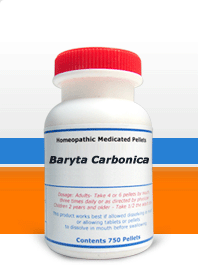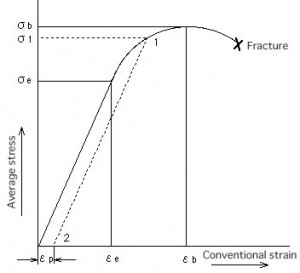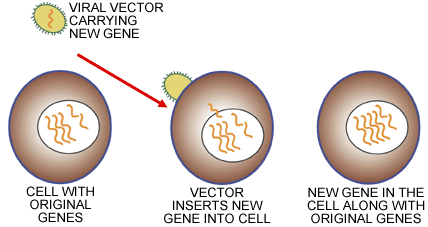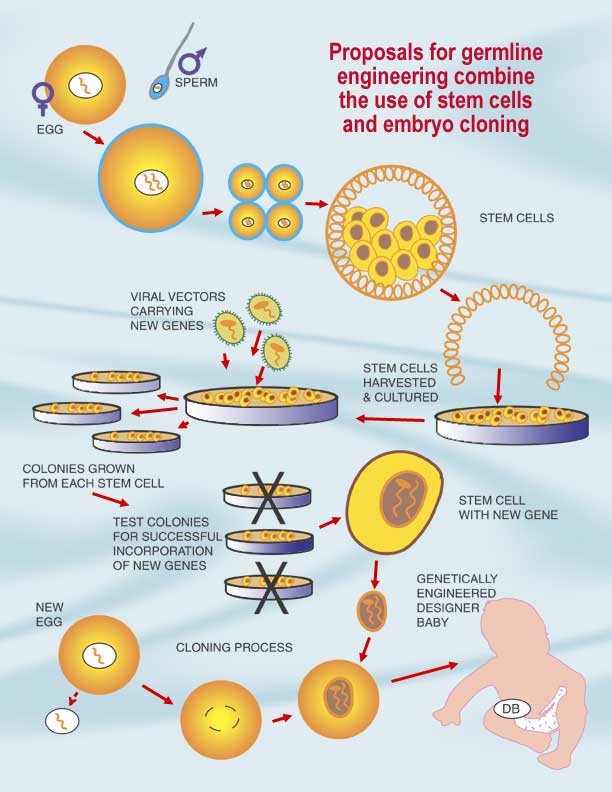Recently I have been getting quite a few emails from people asking me to review these grow taller/height increase supplements or products that they have found on other websites, many of them are completely new and foreign to me since I have never seen the website or product before.
So I decided that I am going to spend the next dozen or so posts looking at each and every grow taller pill or grow taller supplement that I can find across the entire internet, and this could take me a long time to finish, if ever. I know how easy it is to create a website (less than 10 minutes) and put a picture up which has no inventory or real product behind it.
Interestingly, two of the most visited posts o this website are the reviews for the Gloxi Height Enhancer at “Increase Height And Grow Taller Using Gloxi Height Enhancer” and the GrowthMax Plus at “Product Review III, GrowthMax Plus”. I guess if I wanted to expand my reach and the audience of readers to this website, I should be doing more reviews on proclaimed height increase and grow taller supplements.
From the website NatureTherapy.com there is a product sold named SBL Homeopathy Rite Hite Tablets which are supposed to promote growth and make kids taller.
The description of the product in the product page is copied and pasted below…
 Rite-Hite is a product of SBL’s research & development & is a combination of well proven drugs of homeopathy therapeutics for growth of children.
Rite-Hite is a product of SBL’s research & development & is a combination of well proven drugs of homeopathy therapeutics for growth of children.
Rite-Hite is a combination of well proven drugs of homoeopathy for the growth of children. It helps to achieve the optimal balance of growth determining factors and thereby helps in promoting optimal growth.
Height of an individual is determined by many factors
- Genetic
- Hormonal balance
- Nutritional status
- General Health
Rite-hite helps to achieve the optimal balance of these factors & thereby helps in promoting height and growth to their full potential.
Composition of SBL Rite Hite Tablets
Baryta Carbonica – 3x
Silicea – 6x
Calcarea Phosphorica – 3x
Natrum muriaticum – 3x
In equal proportion Excipients q.s. to one tablets of 250mg.
Action of Individual Components
Baryta Carbonica : For children who are mentally and physically backward, don’t grow and develop, swollen abdomen, loss of memory.
Silicea : For imperfect assimilation and consequent defective nutrition. Children who are slow in walking.
Thuja Occidentalis : Acts on skin, blood, gastro-intestinal tract and brain. In exhaustion and emaciation.
Calcarea Phosphorica : For anaemic children who have feeble digestion / adapted to children at puberty.
Indications
For children who have imperfect assimilation, who do not grow and develop. For children who are anaemic having feeble digestion. Children with lack of concentration and poor memory.
Contraindication / Side Effects
No known contraindication
Dosage of Rite Hite Tablets
One tablet daily for children below 13yrs.
Two tablets daily for children above 13yrs.
or as directed by the physician.
Analysis & Interpretation: I have looked at the compounds Baryta Carbonica and Silicea before in posts “Increase Height And Grow Taller Using Baryta Carbonica” and “Increase Height And Grow Taller Using Silicea, Silicic Acid, And Silicon”. The Baryta Carbonica seems to be another name for Barium Carbonate. Barium is an alkaline earth metal element which can be found in rocks known as barite. Barium seems to be very chemically reactive so it is not found alone, but usually as barium sulfate. Baryta or Barita has been use by alchemists for centuries and it does not seem to be toxic. It seems that the Barium Carbonate is also known as whitherite, which are not soluble in water.
Silicea from the old post seems to be from silicic acid, which is a liquid form. There is the element of silicon in this liquid gel. It also have been usd since ancient times by alchemist in potions in believing to have healing properties.
As for the Calcarea Phosphorica, it is another name for Calcium Phosphate. Calcium Phosphate seems to be one of those components not just found in milk but also Plaster of Paris. Tyler would do a blog post on whether the Calcerea Phosphorica or Calcium Phosphate can have any chance of making people taller in “Adult Height Increase with Calcium Phosphate?”. He had concluded in saying that the Calcium can both be good for bone formation in terms of bone mineral density increase but might be als obad since it could make the hyaline cartilage to hard and rigid from the calcium crystals from embedding into the cartilage matrix.
As for the last compound, Natrum muriaticum, that is really just normal table salt Sodium Chloride.
If I was to be completely scientific and logical about the ingredients in this RITE HITE tablet sold as a growth promoter to kids, I would have to say that it is only effective for very young children who suffer from severe malnutrition of the important minerals in places like India. The supplement/tablets seems to be sold to an Indian/South Asian community and the homeopathic ingredients suggest that the ingredients are taken from ayurvedic references. Barium, Silicon, Calcium, and normal table salt are the ingredients. If the child is only able to eat bread and little meat, the supplement might help the still growing child to have stronger bone density but I highly doubt that it will increase even a still growing child’s growth rate. None of the compounds have ever really been put to the test under scientific studies.
If a child had a good diet with the right amount of minerals and vitamins intakes, then this homeopathic pill that is supposed to make a child grow taller would be useless. Since so many south asian kids are still very poor with so little nutrition, this pill might be able to help them at least have stronger bones, but can also stunt their height growth and even poison them.








